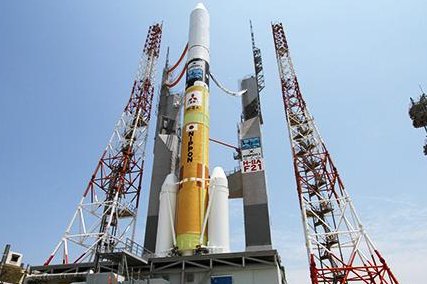July 19 (UPI) -- The United Arab Emirates' launched the Arab world's historic first interplanetary mission to Mars from Japan on Sunday evening.
The Emirati orbiting satellite, named Hope, launched on schedule at 5:58 p.m. EDT aboard a Japanese H-2A rocket, from the Tanegashima Space Center about 450 miles south of Hiroshima.















